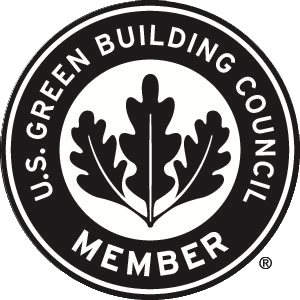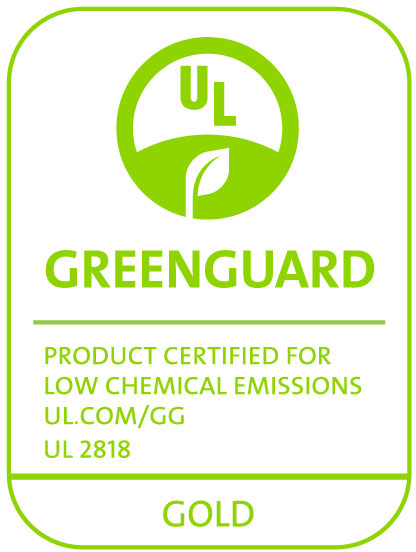Introduction
Insulation seam tape is a critical component in thermal insulation. It helps maintain insulation systems’ integrity, energy efficiency, and lifespan. When used with closed-cell elastomeric insulation like Aeroflex EPDM™, it acts as a barrier against moisture infiltration and vapor drive. This exploration looks at the importance of insulation seam tape, its benefits, and guidelines for its proper use to ensure effective insulation performance and energy conservation.
The Role of Insulation Seam Tape:
Insulation seam tape, like Protape® Zero-Perm EPDM Rubber Tape, is vital to prevent moisture infiltration and condensation over glued insulation seams. It acts as a vapor barrier, sealing seams against vapor drive. Vapor drive is the movement of moisture-laden air through materials, which can harm insulation systems by reducing thermal performance and causing structural damage.
Without insulation seam tape, moisture can compromise insulation at seams, leading to issues in both energy efficiency and structural integrity. By creating a strong seal, insulation seam tape ensures insulation performs well over time, protecting against environmental factors.
Benefits of Insulation Seam Tape:
- Zero Permeability: Protape repels moisture effectively, enhancing insulation’s durability.
- Effective Vapor Barrier: Insulation seam tape prevents water vapor from entering or leaving insulation seams, maintaining stable indoor environments.
- Indoor Air Quality: Some insulation seam tapes, like those with Indoor Advantage™ Gold Certification, contribute to healthy indoor air quality by emitting low levels of volatile organic compounds (VOCs).
- Installation Integrity: High-quality tapes like Protape, made from the same material as AEROFLEX insulation, enhance installation integrity, reducing the risk of seam failure.
- Aesthetics: Insulation seam tape provides a smooth surface, improving appearance by covering seams neatly.
- UV Resistance: Tapes with UV resistance, such as Protape, maintain efficiency and appearance even in outdoor settings.
Guidelines for Proper Use:
Proper installation of insulation seam tape is crucial to realizing its benefits:
- Surface Preparation: Clean and dry surfaces before applying the tape to ensure optimal adhesion.
- Temperature Range: Follow specified temperature ranges for insulation and tape to ensure proper adhesion.
- Glued seams only: elastomeric seams tapes should always be applied over glued seams; they should never be applied over unglued insulation seams.
- Even Pressure: Apply even pressure along the tape’s length for a secure seal and to prevent moisture ingress.
- Seam Overlapping: Overlapping tape at seams creates a continuous barrier, preventing gaps and moisture infiltration.
- Avoid Stretching: Avoid stretching the tape during application to maintain its integrity.
- Seam and Tear Repair: Insulation seam tape can also be used to address minor insulation tears or damage.
- Consider Environmental Factors: For outdoor or UV-exposed areas, choose tapes with UV resistance for prolonged performance.
Conclusion:
Insulation seam tape is crucial in thermal insulation, enhancing performance, efficiency, and durability. When used with closed-cell elastomeric insulation like Aeroflex EPDM, it guards against moisture and condensation. Proper installation and tape selection ensure optimal performance, energy conservation, and efficiency in built environments.











